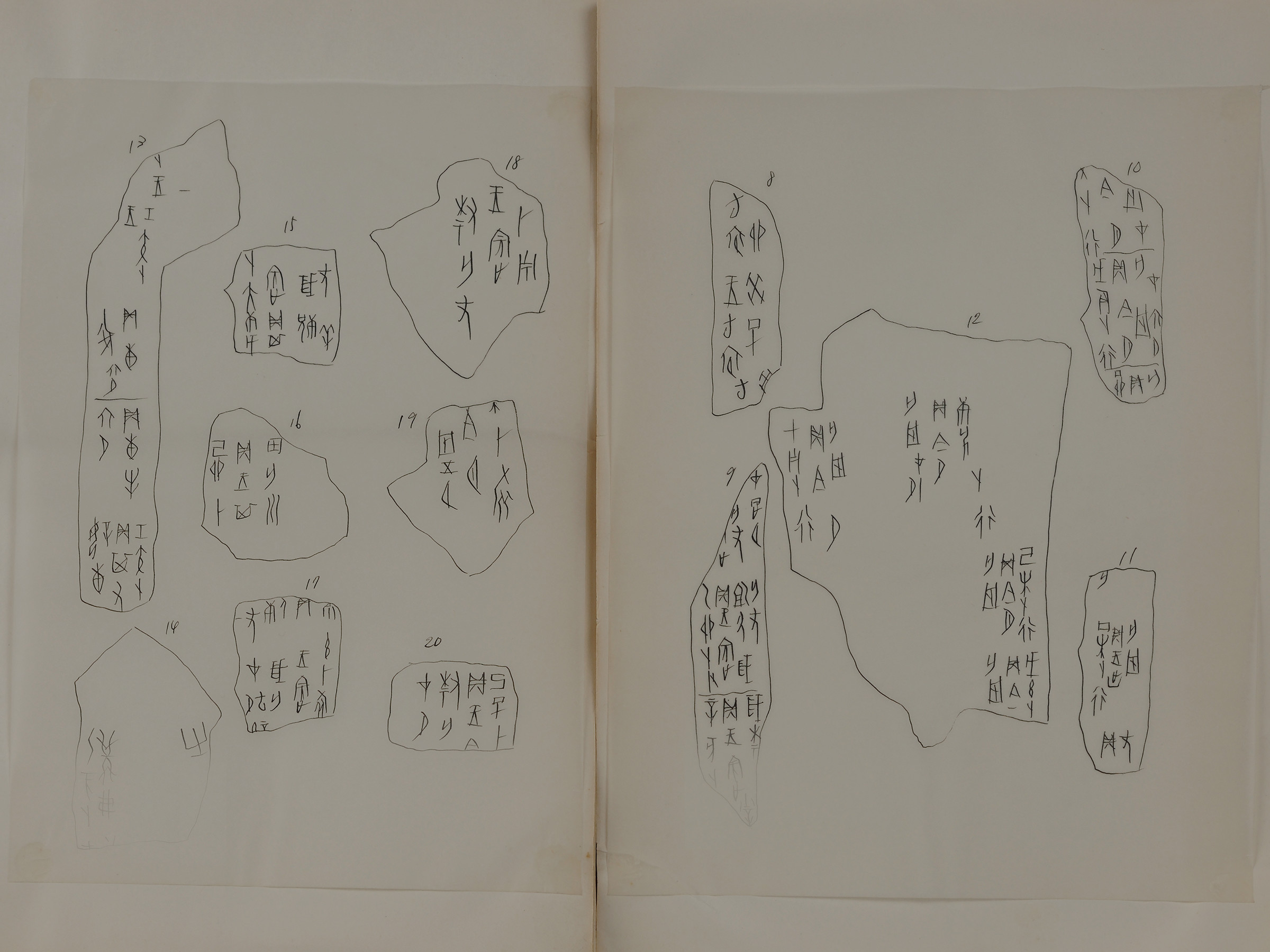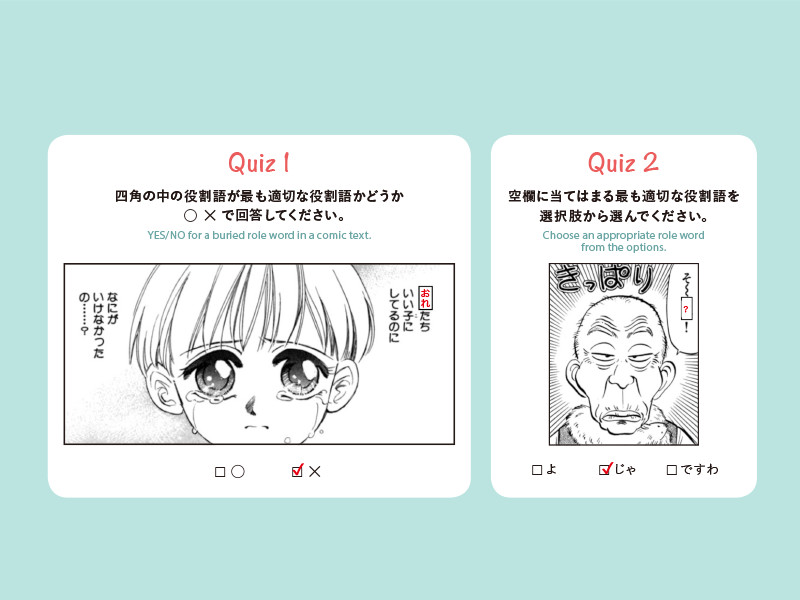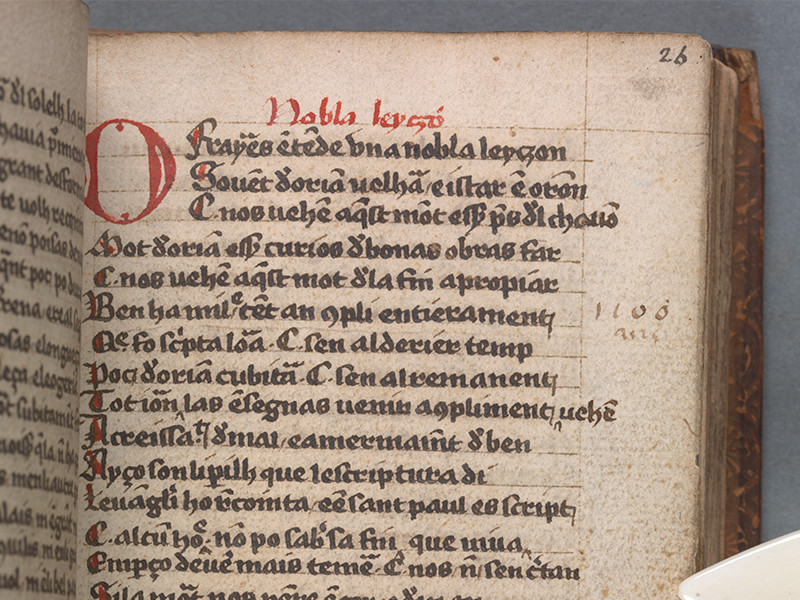STORY #1
Collaborative Project Breathes New Life into Ancient Characters and Kanji
Masaki Hagiwara
Professor, College of Letters
Nobuaki Minato
Professor, Graduate School of Technology Management
Biligsaikhan Batjargal
Senior Researcher, The Kinugasa Research Organization
Developing the Shirakawa and Shachihata + R Kōkotsu fonts using the original ‘ancient characters’ and applying them to stamps
Kanji characters (Chinese) were created in China’s Qin Dynasty, approximately 3,300 years ago, and are used in China to this day. The characters formed a writing system which, over time, spread from China to Japan and other neighboring countries, significantly impacting the cultures of those regions.
In 2016, two institutes at the Ritsumeikan University, the Shirakawa Shizuka Institute of East Asian Characters and Culture and the Digital Library Laboratory at the College of Information Science and Engineering, began collaborating to develop a system that allows computer users to convert standard characters into ancient script, as with any other font or typeface. A crucial step in the development, was the process of turning ancient scripts, such as the bronze and oracle bone scripts (original Chinese Kanji characters) into fonts.
The Shirakawa Shizuka Institute of East Asian Characters and Culture is named after the late Shizuka Shirakawa, who was Professor Emeritus at Ritsumeikan University and a leading researcher of Kanji. Shirakawa was a Chinese literary scholar and is known for his research on the evolution of Kanji from its original forms. His new interpretations of Kanji collectively form the Shirakawa Grammatology.
Upon commencement of the collaborative project, Masaki Hagiwara, who had previously studied Shirakawa Grammatology, took on the role of project coordinator. Hagiwara’s specialty is Chinese literature, and his particular expertise lies in poetry from the Tang and Song Dynasties.
Hagiwara explains: “This project has its root in the field of education, and began with the desire ‘to teach Kanji to children using ancient scripts.’ We asked ourselves ‘Could we not create some ancient text-based fonts?’ To see if we could answer this question, we first delved into several books, such as those compiled by Shizuka Shirakawa—Kanji Ruihen (漢字類編), Jitsū (字通), and Jōyō Jikai (常用字解), which go over the origin, evolution, meaning, and usage of modern Jōyō kanji (常用漢字: regular-use kanji characters)—and extracted ancient characters from them. Among the 4,391 characters selected for this project, 681 were found engraved on turtle shells or bones. These are known as characters of the oracle bone script (甲骨文字 JP: kōkotsu moji, CH: jiǎgǔwén). Moreover, 1,084 characters were found cast on the surfaces of bronzeware and are now part of the bronze script (金文: JP: kinbun, CH: jīnwén). A further 2,593 characters are from the seal script (篆文 JP: tenbun, CH: zhuànwén), 30 characters are from the archaic script (古文 JP: kobun, CH: gǔwén), and three characters were identified as being from the seal script of the pre-Han period (籀文 JP: chūbun, CH: zhòuwén).”
Collectively, these characters correspond to 2,136 Jōyō kanji and 650 Jinmei kanji (人名漢字: Kanji for use in personal names).
Biligsaikhan Batjargal, a researcher at the Digital Library Laboratory of the College of Information Science and Engineering, created fonts for the 4,391 ancient characters selected by Hagiwara’s group, and developed the Kanji Retrieval System. Batjargal’s research primarily involves studying methods of searching and accessing digitized historical documents in various languages. In this project, Batjargal first scanned ancient characters in the books, (e.g. Jistū) and created images in the scalable vector graphics (SVG) format. He then used the images to construct character fonts. Batjargal states: “I removed the outline noise and other artifacts, and, while learning about the history and evolution of the kanji from Professor Hagiwara, I made slight adjustments to the glyphs so they form an ideal typeface.” The font that emerged as a result of this was named the Shirakawa Font.
With the font created, the next step in the project was to develop a Kanji Search System to enable the conversion of modern kanji into ancient characters. Batjargal elaborates: “We created a system that corresponds to the Unicode, an international character encoding system, to increase its versatility. By doing so, we made it compatible with Windows and other common operating systems.”
In December 2016, the Shirakawa Font ver.1.0 and Kanji Search System were released to the public over the internet for free. Once the fonts are downloaded, one can search for either individual characters or a combination of multiple characters, such as those forming idioms, or both. As of March 2019, the font saw 9,500+ downloads and was found to have been employed not only in kanji education and research on Shirakawa Grammatology but also for various other purposes.
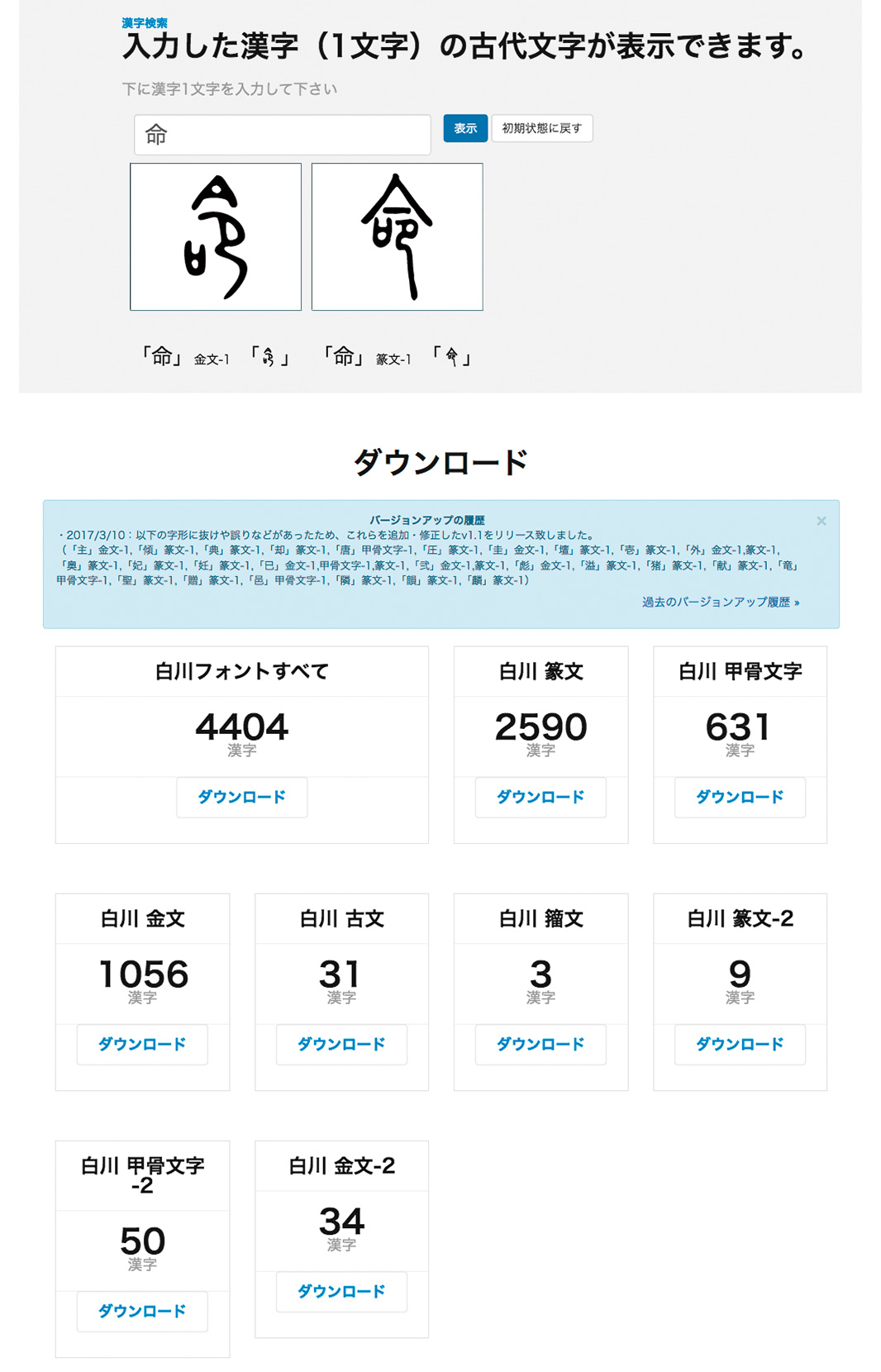
Download page for the Shirakawa Font
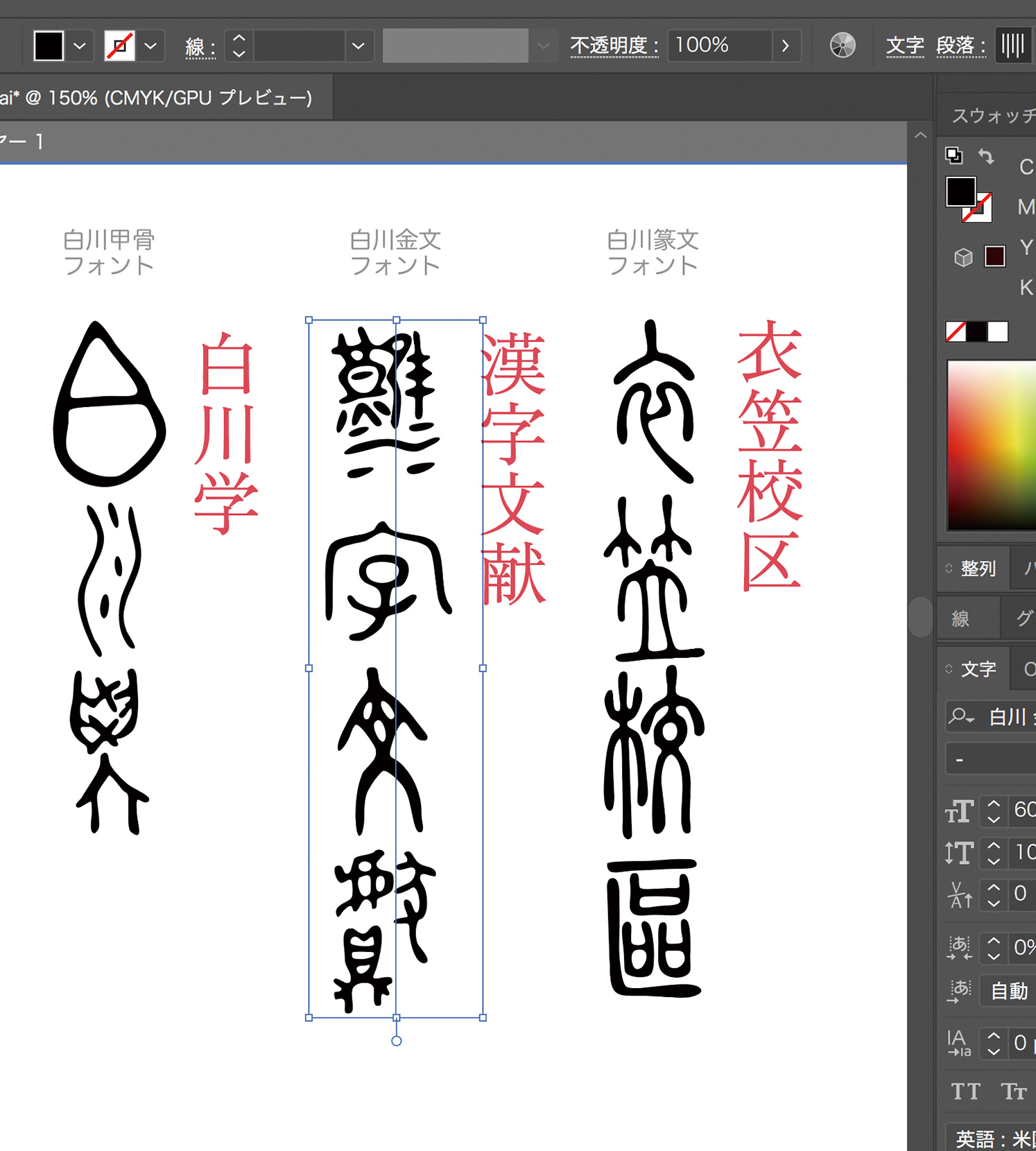
The fonts developed for the ancient characters are compatible with Windows and other common operating systems
The project, however, was not just limited to the digitization of ancient characters. Nobuaki Minato, another member of the group, thought of new ways to utilize the Shirakawa Font. Minato’s specialty lies in the management of technology, and he has previously studied different ways of transforming technology into valuable commodities and services. Speaking of his role in the project, he says, “I happened to have an automatic stamp creator in my lab, which I had loaned from the Shachihata corporation for another joint research project. A conversation with an administrative staff member at the university, who saw that machine, sparked a thought in me, prompting my attempt to commercialize the Shirakawa Font. I had heard that unlike research results in fields of science and engineering, findings in the humanities are hard to monetize, leading to difficulties in acquiring funding. However, I thought that the result of this collaborative project, the Shirakawa Font, was monetizable, and further research should be conducted with an aim to commercialize it.” Minato led the collaboration with the Shachihata corporation and succeeded in developing stamps using the Shirakawa Font.
While creating stamps, we were required to embark on another endeavor: the development of completely new ancient characters, ones that were not part of the original set of ancient characters. “While 681 oracle bone script characters are included in the Shirakawa Font pack, the jōyō kanji we use in our daily lives contains 2,136 characters. Not including these characters and being unable to convert them into fonts would present bottlenecks to using our system. Thus, we undertook a new project under the guidance of Professor Hagiwara and others to create new sets of characters by combining elements of the ancient characters to express the modern-day jōyō kanji,” says Minato. For instance, the character for mountain pass in jōyō kanji, 峠 (tōge), is not part of the oracle bone script. To include this character in our system, it was separated into its three components, 山, 上, and 下, meaning mountain, up, and down, respectively. By converting the component characters into their corresponding oracle bone script alternatives and recombining them, we were able to create an entirely new font, the Shachihata + R Kōkotsu Font (or, Shachihata + R Oracle Bone Script). The machine that can print stamps containing the newly created oracle bone script characters was put on limited display at an event.
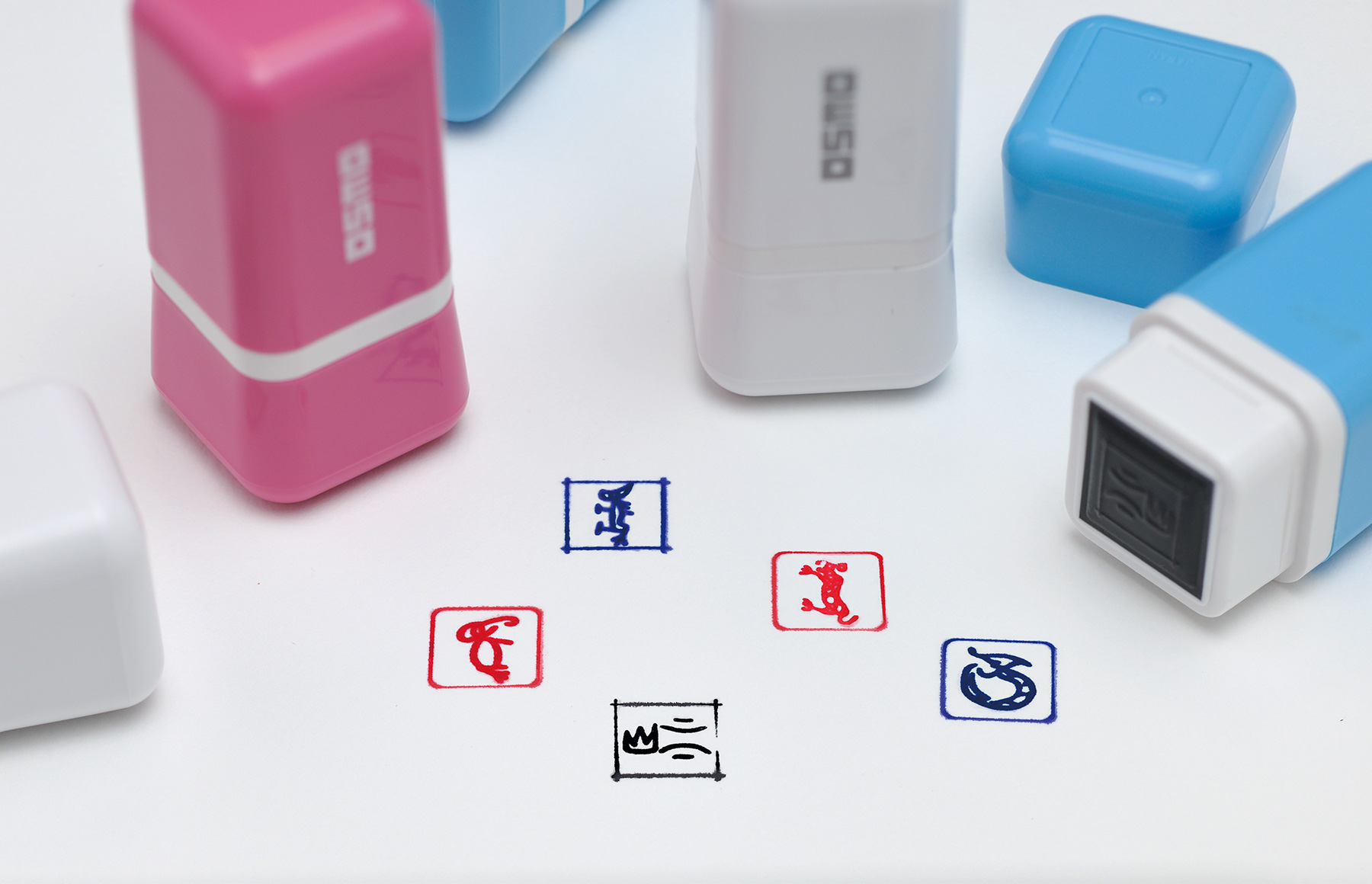
Stamps based on the Shachihata + R Kōkotsu Font created by Shachihata Inc’s OSMO. The character on the stamp in the forefront is 峠 (mountain pass); then, from left to right the characters are, 象 (elephant), 馬 (horse), 虎 (tiger), and 龍 (dragon).
“In China, a national project to digitize their ancient characters is currently underway,” Hagiwara explains. “But no such project existed in Japan. In our collaborative project, researchers from the humanities, natural sciences, and social sciences at the Ritsumeikan University came together and considered Shizuka Shirakawa’s accumulated research findings, achieving unexpected results through newfound ideas that were not previously entertained.” Batjargal is now involved in a joint project with students; for instance, he is collaborating with Ms. Kangying Li, who, as part of her doctoral degree at the Digital Library Laboratory, is developing new deep learning technology that can recognize ancient characters. Batjargal hopes to create a retrieval system that allows one to search through the many ownership stamps in which ancient characters are inscribed, which are found in classical documents in digital archives.
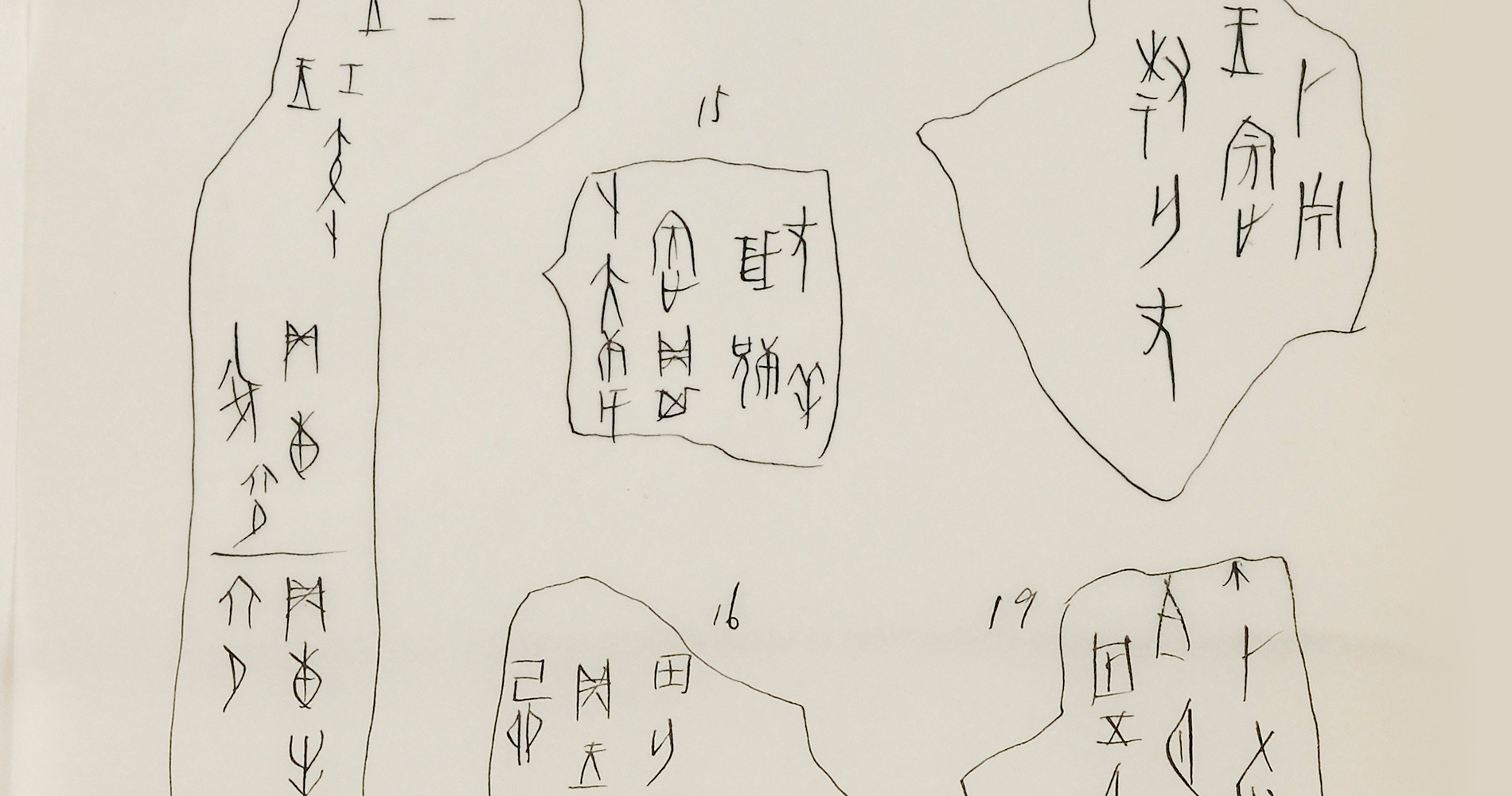
Shizuka Shirakawa’s research notes are archived at the Shirakawa Shizuka Institute of East Asian Characters and Culture. The notes state that there are many characters in the bronze and oracle bone scripts for which no typography or font exists. This makes printing them in articles, journals, and in any other general academic papers a great challenge. For this reason, when it came to publishing, Shirakawa took the approach of photocopying a handwritten manuscript and binding the copies into books.
The Shirakawa Shizuka Institute of East Asian Characters and Culture,
Ritsumeikan University
The Shirakawa Shizuka Institute of East Asian Characters and Culture was established in May 2005 in honor of Professor Emeritus Shizuka Shirakawa, who left behind a legacy of outstanding research achievements, encompassing all Eastern societies with his research on ancient Chinese cultures and kanji. The institute commemorates his reception of the Order of Culture. Though the Professor Emeritus passed away in October the following year, with his research and cultural projects as the twin pillars of the institute, its purpose and focus continue to be the promotion and advancement of East Asian characters and culture, and the dissemination of this knowledge to the public at large. In addition, the institute aims to become the hub of research on East Asian characters and culture in East Asia. To this end, they disseminate the Shirakawa Grammatology to domestic and international audiences, with a particular focus on East Asia.
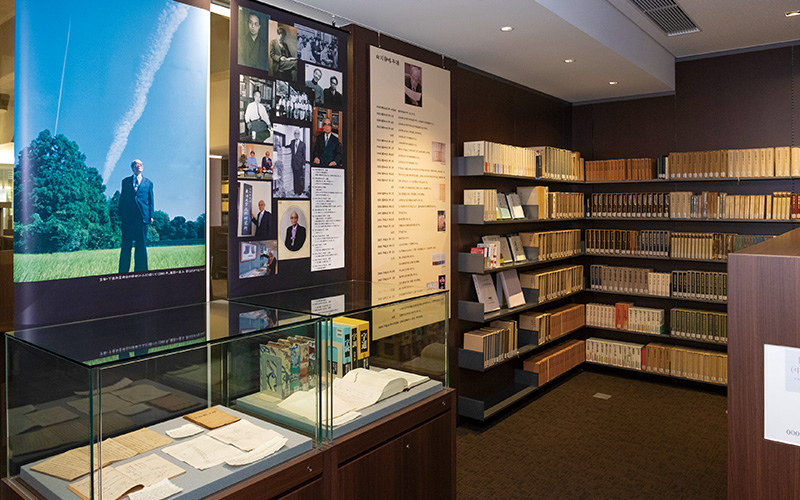
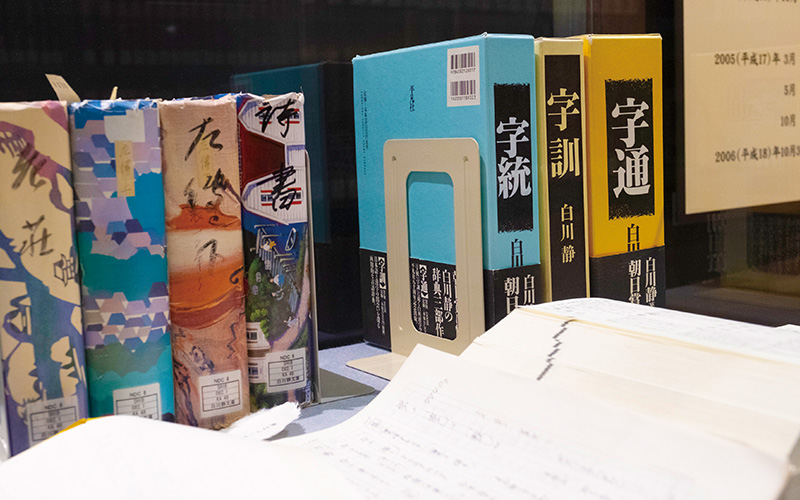
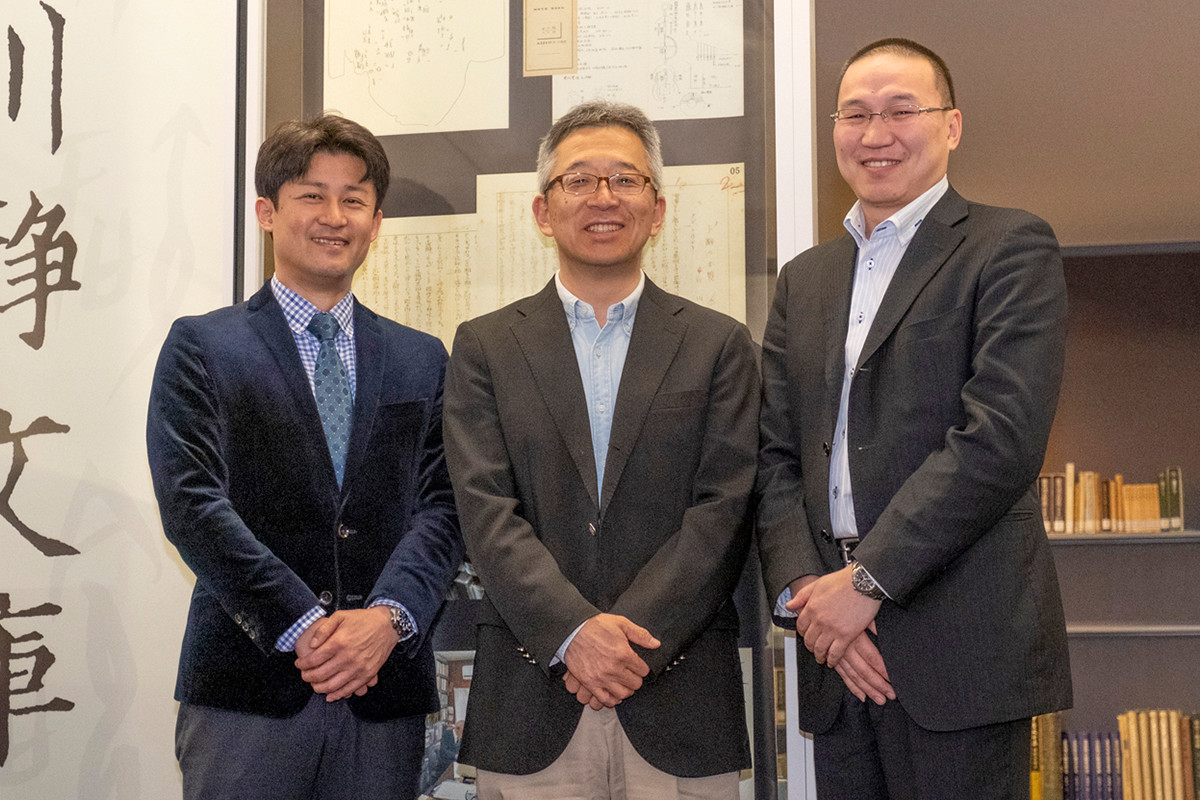
- Nobuaki Minato (Photo Left)
- Professor, Graduate School of Technology Management
- Research Themes: R&D, product development, systems approach for service design
- Specialties: Technology management systems engineering
- Masaki Hagiwara (Photo Center)
- Professor, College of Letters
- Research Themes: Cipu (a collection of tunes of Ci poems), Cipai studies, Chikukei Morikawa studies, study of Japanese Ci poems
- Specialties: Japanese literature, Chinese literature
- Biligsaikhan Batjargal(Photo Right)
- Senior Researcher, The Kinugasa Research Organization
- Research Themes: Multilingual information retrieval in digital libraries and digital archives
- Specialties: Library and information science, humanities and social informatics, digital humanities
